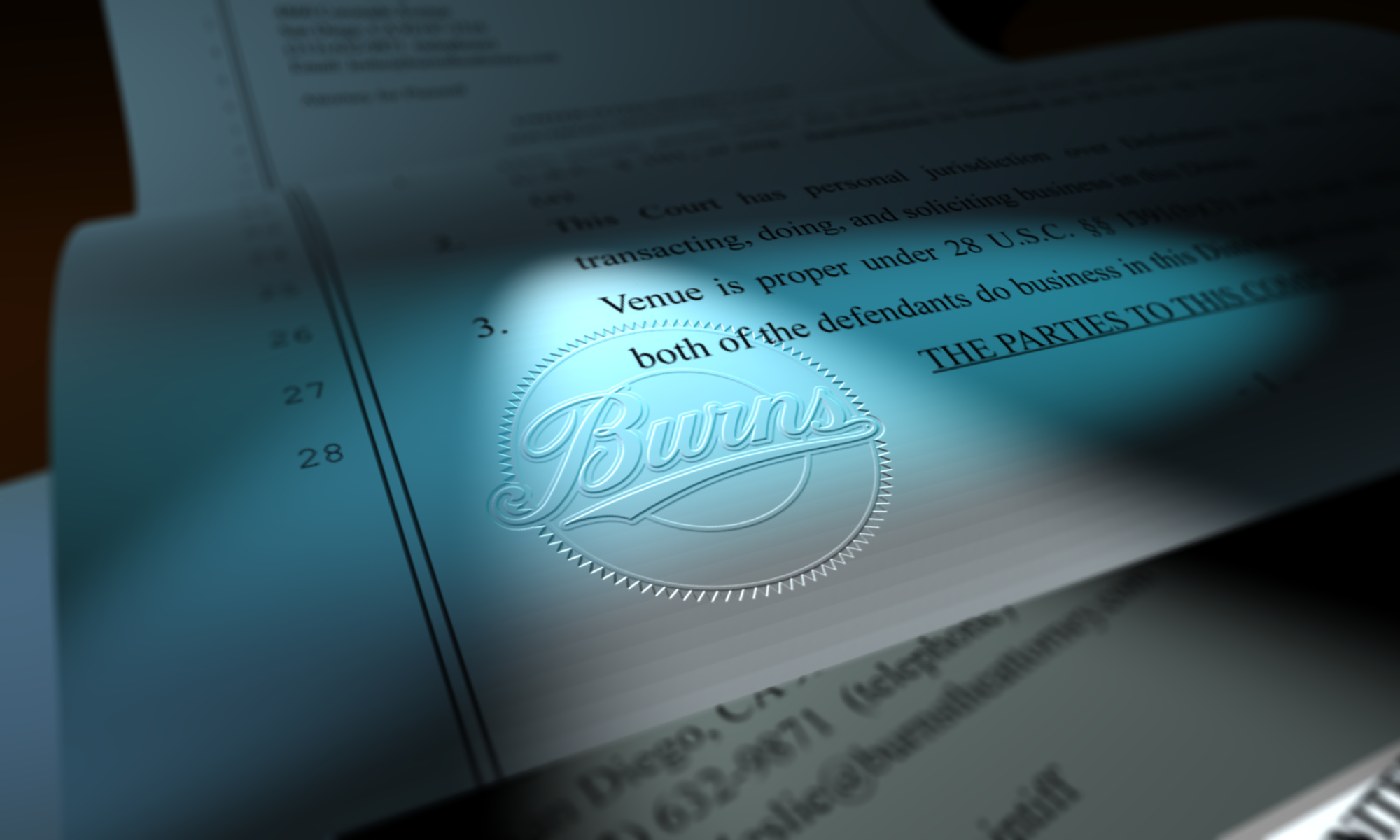A client informed me yesterday that Vox Media had announced a partnership with OpenAI that permitted that leech-of-a-tool to use Vox Media content to train. This is bad and very likely goes beyond agreements it has with many writers and photographers, but it’s going to do it anyway because tech companies have no decency and too many media companies have no spines.
So, first, if you have work that you have licensed to Vox Media, check the language in your agreements and, assuming you didn’t sign away too much already, contact Vox to remind them that your work cannot be used for AI-training purposes. Period. Don’t let them try to talk you into some piddly bump in fees–what they are doing is enabling tech to put you entirely out of your work so just say “No.” You need to think long term here–an extra few bucks here isn’t worth torpedoing your particular creative industry.
Second, look at your own contracts, which you should be using anyway but, yeah, I know, you probably don’t because the bigger companies are bullies about that. Anyway, you should add something to your own contracts that makes it absolutely clear that any use that may result in the training of AI is not permitted under your license. You need this for contracts you use with individuals (like for event/wedding photography) as well as for companies for their marketing or advertising use.
Remember, when you permit your clients to use your work on certain platforms, you are permitting those platforms to use your work to train AI. That is bad. Spectacularly bad. So don’t do it. Make it absolutely unambiguous–if they do that you will sue them for infringement.
Finally, if you aren’t already, start registering your copyrights. Now. It’s the best tool you have to fight these sharks. Don’t think “I can still use the CCB if my work isn’t registered” because (a) you still have to register your work to sue using the CCB; and (b) you won’t get very much from the CCB, especially if your work is not timely registered (no more than $7500, and probably MUCH less).
